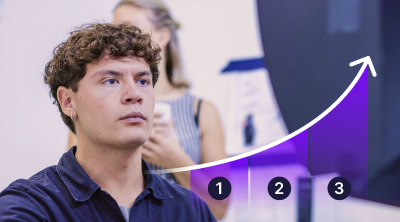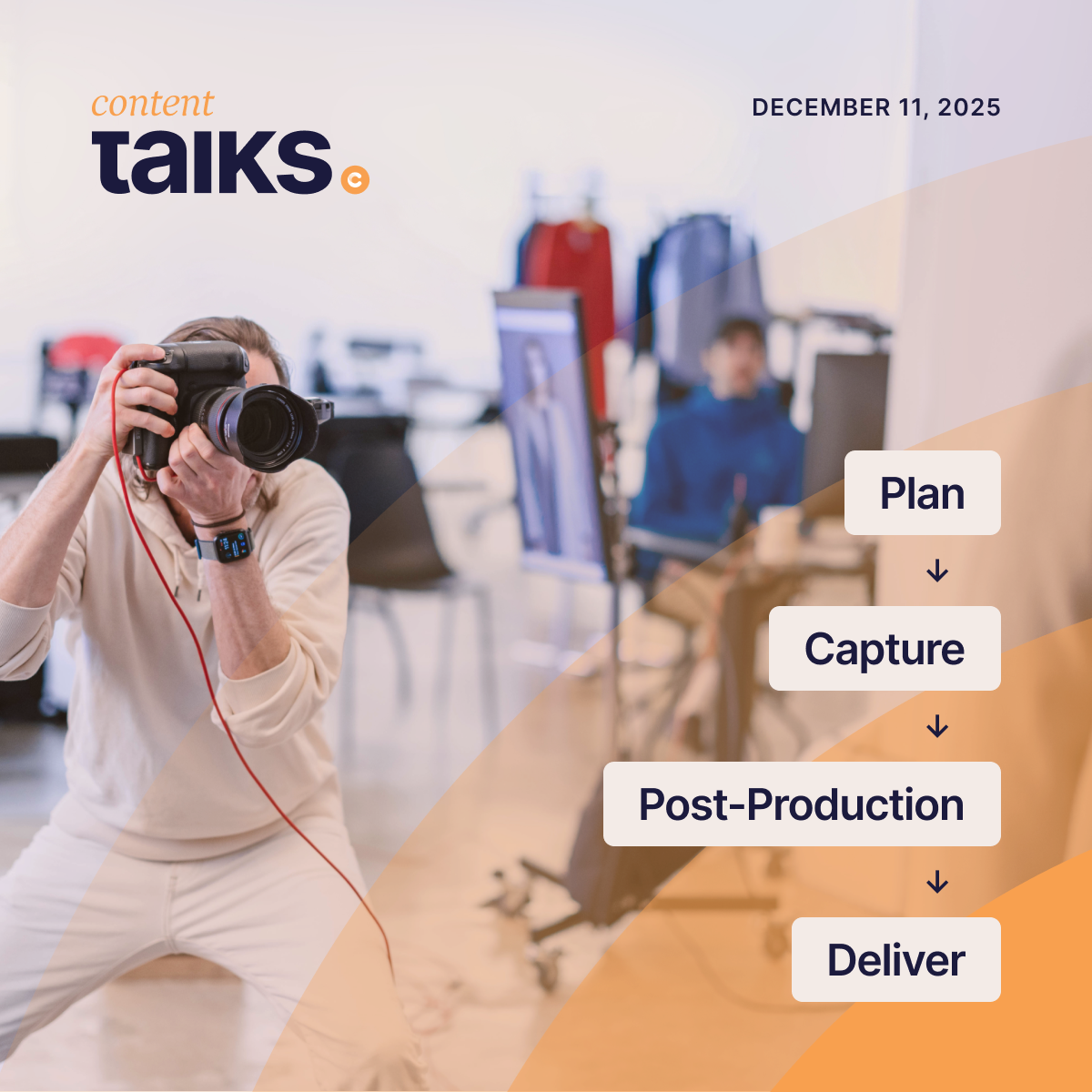5 Tips on How Continuous Improvement Can Boost Studio Productivity
In this final blog post of our Studio Manager Series, we want to help you sustain the excellent foundational work you've carried out by setting tracking performance metrics within your team. We've drawn from our discussions with studio managers worldwide to understand the KPIs for studio success, and how to ensure you hit these targets consistently.
Over the past few months, we’ve shared numerous practices and strategies from our soon-to-be-released Studio Manager Playbook. We’ve traversed the landscape of building robust teams, integrating new digital tools for eComm studios, and implementing stringent control processes.
What are the KPIs for Studio Success?
A Key Performance Indicator (KPI) is a measurable value that reflects how effectively a company achieves its business objectives. For a content studio, success often ties into factors like productivity, quality of work, and client satisfaction. These metrics will be different for every studio, but the basic idea is the same.
Photo Studio Manager Morgan Talbot explained to us, “It is simple. As an eComm studio, we need to ensure the business has what it needs to react to the demands of the customer. Our responsibility is to make that happen. How you measure that will look different for every studio, but at its core, we need to be able to meet the customer where they are.” By identifying and monitoring these KPIs, studios can ensure that they are continually working towards their overall business goals and continually improving them.
How Do You Define Continuous Improvement?
Continuous improvement is the ongoing effort of refinement and enhancement of products, services, or processes over the course of time. As Mark Twain, famously said, "Continuous improvement is better than delayed perfection." He captured the essence of this approach, underscoring the importance of steady, gradual enhancement over waiting for an elusive perfect moment.
Why is Continuous Improvement Important?
In the fast-paced world of photography, this philosophy is extremely important. Its application is particularly crucial for photo studios as it has a big impact on productivity levels. By relentlessly pursuing the goal of continuous improvement, photo studios can not only boost the efficiency of their workflows but can also inspire a culture that embraces innovation and learning. This cultural shift promotes collaboration, sparks creativity, and encourages risk-taking, all of which are key to driving productivity.
In order to ensure the effectiveness of all of this, it's essential for photo studios to regularly engage in thorough reviews and fine-tuning of their KPIs and strategic plans. By constantly analyzing performance data and making informed adjustments, they can optimize their operations and achieve superior results. This continuous monitoring and adjustment of KPIs allow for a dynamic strategy that adapts in real-time to changes and trends in the industry.
How to Set Up Processes for Continuous Improvement and Feedback
Setting up processes for continuous improvement involves defining your KPIs, tracking them over time, and using the insights gained from this tracking to adjust your strategies.
Here's how you can do it:
- Identify Your KPIs: As mentioned above, this step is crucial for understanding what success looks like for your studio. If you don’t know your target, how can you create a path there? For more info on this, take a look at our KPI guide, here.
- Set Goals: Once you have your KPIs, set realistic but challenging goals for each one. These should align with your studio's overall objectives.
- Track Progress: Use project management tools, surveys, or analytics software to regularly monitor your KPIs. See how Creative Force offers real-time tracking, here.
- Review and Adjust: Hold regular team meetings to review progress towards your KPIs and discuss any changes or adjustments that may be necessary. Encourage feedback and ideas from all team members during these meetings.
- Communicate Results: Share your successes and learning points with your team. This fosters a sense of accountability and motivates the team to continue improving. In so many cases this step is skipped, but it could be the most important one to actually influence the improvement.
How Automation Can Help
Workflow automation can significantly boost productivity by streamlining processes and freeing up time for creative tasks. For instance, automating tasks such as data entry, project management, and report generation can save hours of manual work. Additionally, many automation tools offer analytics features that can help you track your KPIs, enabling you to focus more on the cycle of continuous improvement and communicating the results.
Wrap-Up
Implementing a system of continuous improvement is not just about boosting productivity; it's about cultivating a studio culture that values learning, innovation, and constant growth. By defining and tracking KPIs, setting up processes for feedback and improvement, and leveraging the power of automation, studios can significantly enhance their performance and adaptability.
It's time to turn the productivity dial up in your studio with continuous improvement! We’ll see you out there.










